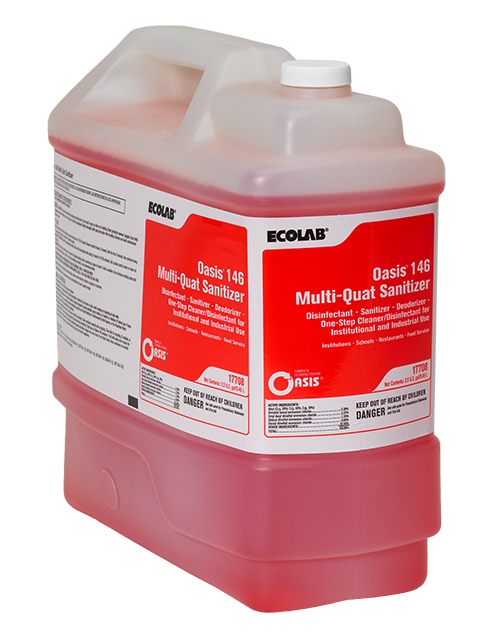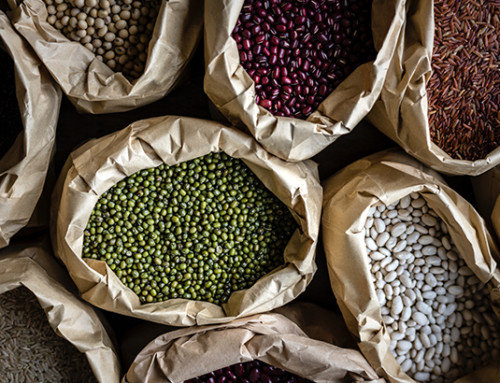All test strips have limitations, and we believe that if our customers know what those limitations are, they are better able to perform reliable tests with accurate results.
We’ve touched upon the limitations of pH test strips in our post about Ionic Strength and Buffering Capacity. Now, let’s take a look at Protein and QAC test strips. By explaining how they work, we can make sense of their limitations.
How do Precision Protein Test Strips Work?
Our Protein test strips are based on the principle of “protein error of indicators.” Remember our post on pH errors? Well, this is one of them.
These test strips are highly buffered so changes in pH don’t affect the color developed by the indicator. Instead, the presence of protein in the sample, which acts as a hydrogen ion acceptor, causes the indicator to change color.
The more protein in the sample, the more color change. The color chart provided with the test strips has been calibrated to certain concentration values of protein, in particular, the level of albumin present.
As with any other strip, there are limits to the Protein strip:
- An alkaline test solution can overwhelm the chemistry on the strip, yielding a false positive.
- Different proteins react differently: this strip is sensitive to albumin.
- Temperature can affect the color development: higher temperatures tend to shift the color higher.
How do Precision QAC Test Strips Work?

Our QAC test strips use the same “protein error of indicators”. They yield a false positive in alkaline conditions. With QAC strips, it’s the QAC that acts like the protein, causing the indicator to change color and not the pH itself. The more QAC present, the more color change.
Again, there are limitations with these test strips. The QAC strips and color charts have been developed for certain QAC formulations. Our strips have been designed to work best with multi-quat formulas, such as Oasis 146. Different formulations may behave differently, and the use of the strips should be verified first.
In addition, similar to the Protein test strips, higher temperatures tend to shift the color higher.
So just remember, and we can’t say this enough, test strips do have limitations. If you’re uncertain whether or not you’re using one of our test strips correctly or if our strips can be used in your application, contact us so we can help guide you in the right direction.







Leave A Comment